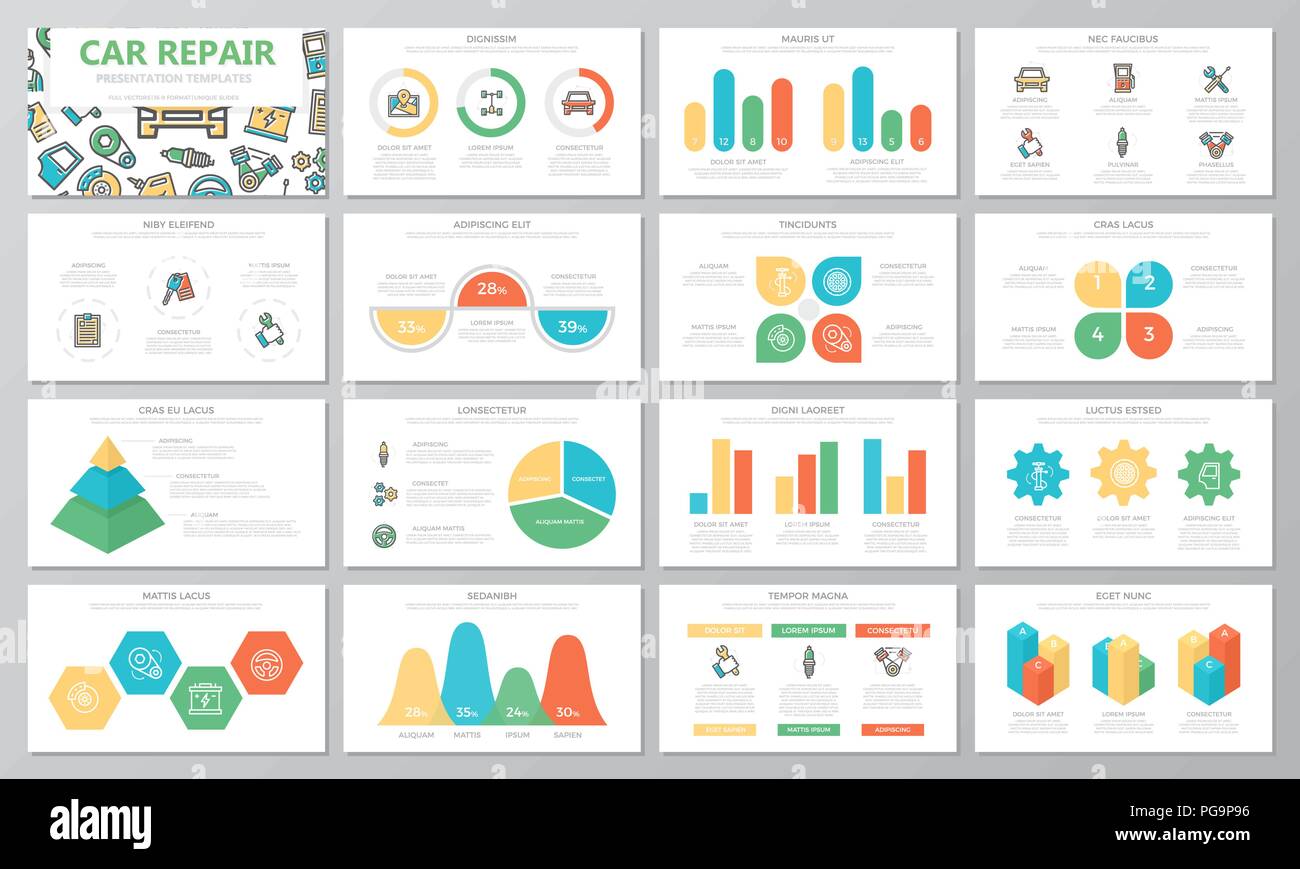Translating Your Automobile'S Alert Lighting: Their Real Ramifications
Translating Your Automobile'S Alert Lighting: Their Real Ramifications
Blog Article
Written By-Boye Gilbert
When you're behind the wheel, those radiant caution lights on your dashboard can be a bit puzzling. Do you understand what they're trying to tell you concerning your vehicle's wellness? Comprehending the relevance of these lights is crucial for your safety and the durability of your automobile. So, the next time one of those lights appears, would not you wish to decode its message properly and take the required steps to address it?
Common Warning Lights and Interpretations
Recognize usual warning lights in your auto and recognize their significances to make sure safe driving.
One of the most common caution lights include the check engine light, which indicates issues with the engine or emissions system. If this light comes on, it's important to have your lorry checked without delay.
The oil stress alerting light indicates reduced oil stress, requiring immediate interest to avoid engine damages.
A flashing battery light could recommend a defective billing system, potentially leaving you stranded if not dealt with.
The tire stress monitoring system (TPMS) light informs you to low tire stress, affecting vehicle security and fuel efficiency. Ignoring you can check here can result in unsafe driving conditions.
The abdominal muscle light indicates a problem with the anti-lock stopping system, jeopardizing your capability to quit swiftly in emergencies.
Finally, the coolant temperature alerting light warns of engine overheating, which can lead to serious damages if not resolved promptly.
Understanding these common caution lights will certainly assist you resolve issues promptly and maintain safe driving conditions.
Relevance of Prompt Interest
Recognizing the common caution lights in your vehicle is only the initial step; the importance of immediately dealing with these warnings can not be stressed enough to ensure your safety and security when driving.
When a caution light brightens on your dashboard, it's your automobile's way of interacting a potential issue that requires interest. Ignoring these cautions can cause much more extreme issues in the future, jeopardizing your security and potentially costing you extra in repairs.
Motivate focus to alerting lights can avoid break downs and accidents. For example, a flashing check engine light could indicate a misfire that, if left ignored, can create damage to the catalytic converter. Resolving this quickly can save you from a pricey fixing.
Likewise, a brake system cautioning light might signify low brake fluid or worn brake pads, critical parts for your safety and security when driving.
Do It Yourself Troubleshooting Tips
If you discover a caution light on your control panel, there are a couple of do it yourself troubleshooting pointers you can try prior to seeking expert aid.
The very first step is to consult your car's handbook to recognize what the specific caution light shows. Occasionally car wash interior cleaning can be as simple as a loose gas cap setting off the check engine light. Tightening up the gas cap may fix the trouble.
An additional common problem is a low battery, which can trigger numerous alerting lights. Checking the battery links for rust and ensuring they're safe and secure might deal with the issue.
If a warning light lingers, you can attempt resetting it by separating the vehicle's battery for a few minutes and then reconnecting it. Furthermore, inspecting your automobile's liquid degrees, such as oil, coolant, and brake fluid, can assist troubleshoot advising lights related to these systems.
Final thought
In conclusion, recognizing your vehicle's caution lights is necessary for maintaining your automobile running smoothly and securely. By immediately resolving these informs and knowing what they indicate, you can stay clear of expensive fixings and possible breakdowns.
Remember to consult your car's handbook for specific information on each advising light and do something about it accordingly to make sure a hassle-free driving experience.
Stay notified, remain secure when traveling!
